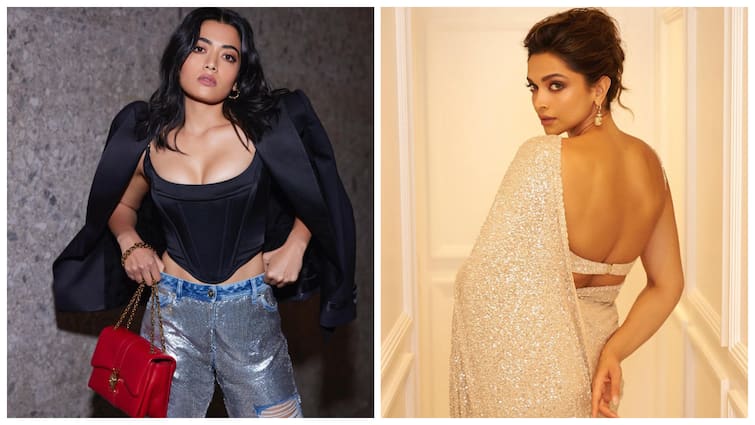)
Films like Kajol's Tribhanga, Dolly Kitty Aur Woh Chamakte Sitaare chart an interesting evolution of the Bollywood 'naari'
Firstpost“Women are born to make sacrifices for men.” This dialogue comes from the 1995 Bollywood film Dilwale Dulhania Le Jayenge, where the main character, Simran, has fallen in love but her family has already arranged for her to marry someone else. “They are individuals first, and they are very talented, beautiful, strong women, but they also have their feelings.” But audiences, and the industry, haven’t always been so welcoming — women-led films in the past decade like The Dirty Picture and Kahaani did well at the box office, while others, like the 2018 film Veere Di Wedding did not. Regarding the recent, women-led movies like Tribhanga, Shroff said that the challenging of the mother figure role was necessary to make the characters more true to life. That has been a great boon for women filmmakers, women writers, women behind the camera and in front of the camera.” Alankrita Shrivastava, the director of the 2019 film “Dolly Kitty Aur Woh Chamakte Sitare”, agreed that the shift is happening now because of women who have worked their way up within the industry, but thinks change is also happening because of more eclectic audience interests. “I feel like the audience may also be opening up a little more to stories which don’t necessarily have the male, upper caste, cisgender heterosexual hero at the centre of the universe,” she said.
History of this topic

Woman of her time, and yet timeless
Hindustan Times
Mother's Day 2022 Special: Cinematic moms who are real, powerful and breaking stereotypes
India TV News
Palak Tiwari says she has seen mom Shweta Tiwari struggle in her marriages
Hindustan Times)
5 Real Life Mother-daughter Jodis of Showbiz
News 18)
Young Actresses Who are Playing Mothers to Grown-ups in Hindi TV Shows
News 18
Sriti Jha to Shivangi Joshi, TV actresses no longer mind playing mom on screen
India TV News)
Tribhanga director Renuka Shahane, actors Kajol, Tanvi Azmi discuss mother-daughter dynamic in Netflix film
Firstpost
Ishaan Khatter tears up on seeing mom Neelima Azeem in Dolly Kitty Aur Woh Chamakte Sitare: ‘You are beautiful as ever’
Hindustan TimesDiscover Related




















)



)















)

)


)



)